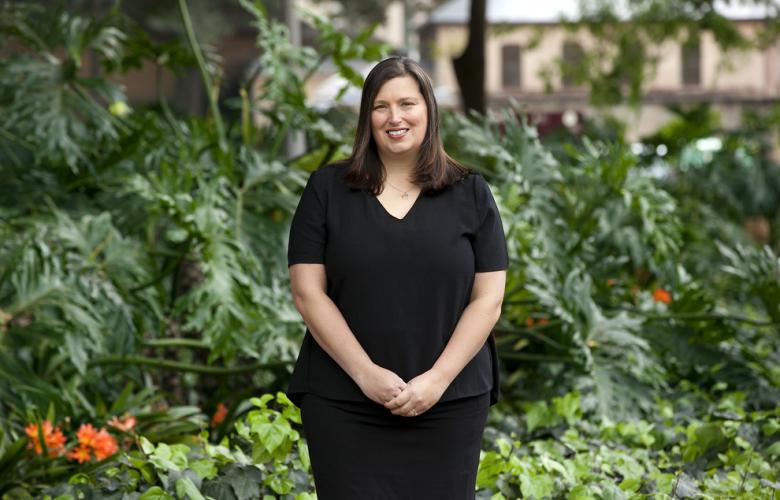EV sales may be up but service station activity continues - Ray White Commercial
Contact
EV sales may be up but service station activity continues - Ray White Commercial
Vanessa Rader - Head of Research, Ray White Commercial talks about the latest data from the Electric Vehicle Council which shows Australians have tripled their investment into low emission vehicles in 2021, including electric vehicles (EV).
Despite this jump in activity, this still only represents 2 per cent of the market, showing Australia as a global laggard to the adoption of these vehicles. While climate change was a hot topic in the latest Federal election, we have seen some policy around our ambition to reduce fossil fuel vehicles with a 2030 target to reduce our fleet by 50 per cent; but there is little consistency around how to achieve it.
Each state has differing policies to encourage purchasing EV or hybrid vehicles including stamp duty discounts, subsidies and savings on registration with ACT also providing interest free loans growing their purchasing to 5%; Australia’s highest adoption state. Banks have also jumped on the bandwagon over the last few weeks offering green loans to support green vehicle investment offering long term, low, fixed interest loans attractive during this time of anticipated interest rate rises.
State Government infrastructure spend has also increased across each state in regard to growing the fast charge network, with only 291 fast charging sites across the country this is expected to grow to 700 over the next five years.
So what does this mean for the service station sector?
Service station new development has been high over the past ten years, over this time we have seen an evolution of their offering, with a greater focus of quality food, shopping and overall comfort. High coffee sales and parcel collection points has seen the average custom time increase, as operators look to expand their offering to include fast charge; with charging taking from 10 to 60 minutes the experience at your local service station will continue to change.
While groups such as Caltex/Ampol were first to explore this, the limited uptake by Australians has seen the rollout slow. Hybrid vehicles still require fuel and with the vast majority of Australia’s fleet still requiring petrol, the future of service stations looks to remain strong. Also considering other “green vehicle” options such as hydrogen further emphasises an ongoing need for these assets with hydrogen the alternative fuel source stored in underground tanks. Investment into service stations certainly has not slowed with sales into these assets peaking in 2021 with close to $1billion in volume recorded as transactions approached 300. The ongoing quest to source a quality “set and forget” asset high over the last few years as interest rates fell which saw investment yields also contract across the country.
While yields continue to range vastly, quality metropolitan offerings currently average 3.9 per cent yet can range as little as 2 per cent or up to 6 per cent depending on location, quality of asset and lease covenant. Over the past few years as competition grew we saw the spread to regional assets reduce as FOMO set in and buyers moved up the risk curve. However, this has dissipated as banks reduced LVR’s and more caution entered the market. Regional yields can range broadly from 6 per cent to 10 per cent depending on location, tenant and lease term with some quality offerings still well below that range.
During 2022, and with interest rates rising, there is greater caution in the marketplace; while sales completed this year have maintained the low yield levels of 2021, volumes are expected to fall. While the threat of EV is low in the short to medium term, like other “set and forget” assets, exit strategies are increasingly important for service stations, including future opportunities for hydrogen, or possible issues such as contamination must be considered.







